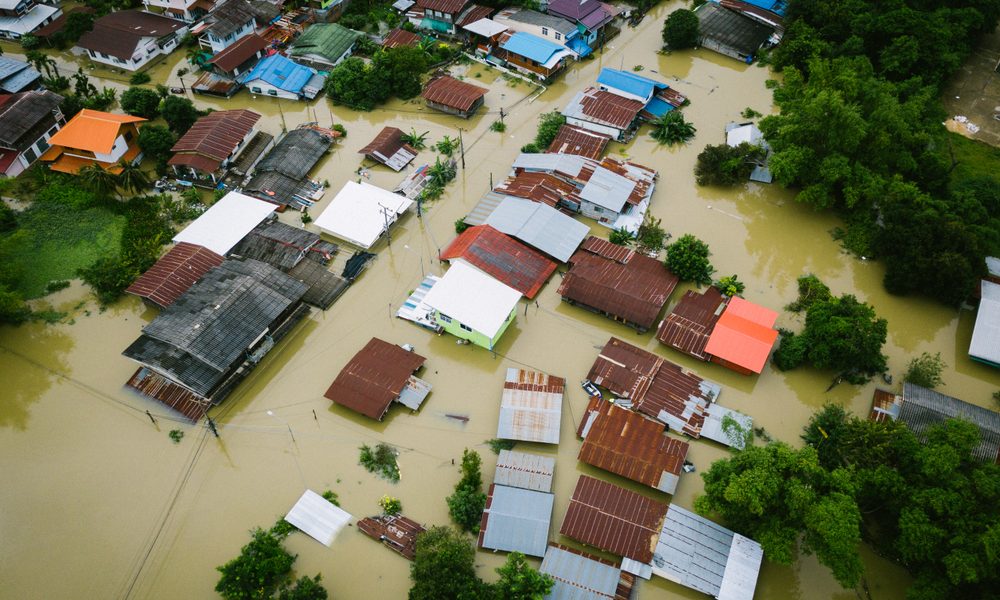
Latest Estimate of Hurricane Maria Death Toll in Puerto Rico Reaches 4,600

Despite it being over a year since the tragic incident, experts are still trying to count the number of deaths caused by the devastating Hurricane Maria in Puerto Rico. Even today, during hurricane week, the latest estimate goes up to roughly 4,600, and many of them were caused by delayed medical care.
According to the results of a new study by a group of independent researchers from multiple institutions, residents of Puerto Rico died at a staggeringly higher rate three months after the hurricane compared to the previous year.
Still Not 100% Accurate
The researchers say their estimate, published Tuesday in The New England Journal of Medicine, remains imprecise. However, they say that more definitive studies are to come, and the findings, which used methods that have not been previously applied to this disaster, are important amid widespread concerns that the government’s tally of the dead, 64, was a dramatic undercount.
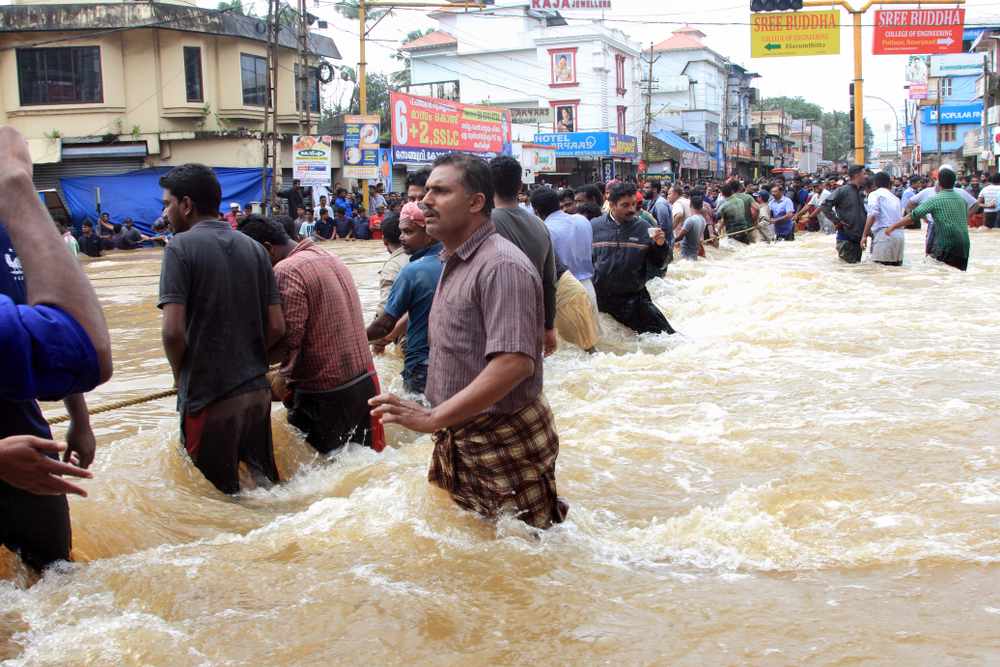
AJP/Shutterstock
Flooding, landslides, and winds swept away homes and left the vicinity with no electricity, water, and cellular service, which remained largely unrepaired for months.
Flooding, landslides, and winds swept away homes and left the vicinity with no electricity, water, and cellular service, which remained largely unrepaired for months. Other news organizations, including Puerto Rico’s Center for Investigative Journalism, have also expressed their doubts of the government’s figure, finding evidence that there was an excess in the hundreds in the weeks after the hurricane.
Researchers for this latest study visited more than 3,000 residences across the island and interviewed their occupants, who reported that 38 people living in their households had died between Sept. 20, when Hurricane Maria struck, and the end of 2017. That toll, converted into a mortality rate, was extrapolated to the larger population and compared with official statistics from the same period in 2016.
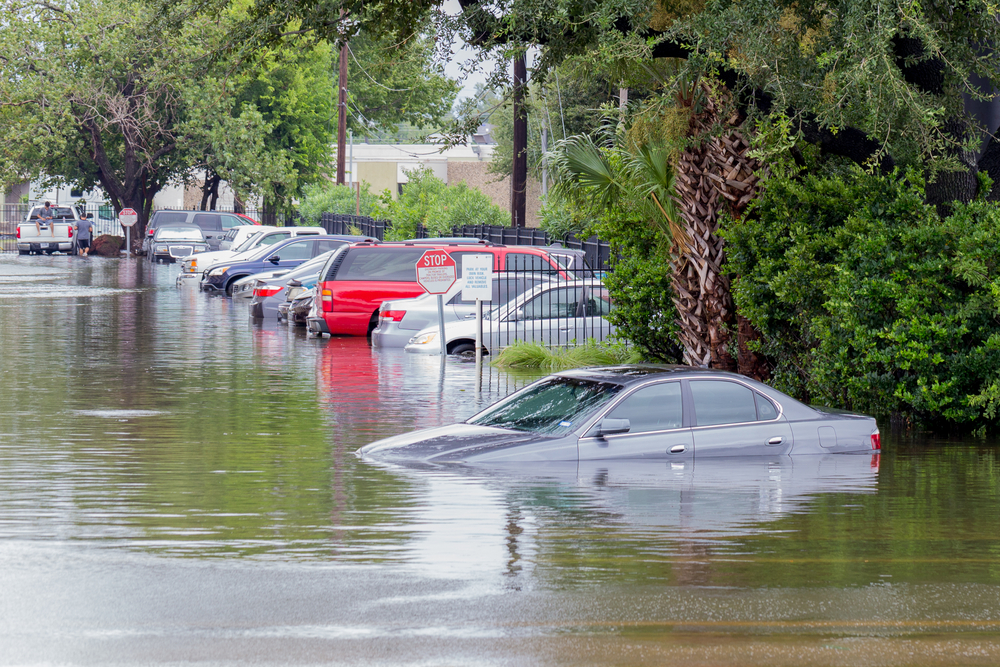
michelmond/Shutterstock
According to the researcher’s calculations, because the number of households surveyed was actually pretty small in comparison to the size of the population, the true number of deaths beyond what was expected possibly could range from about 800 to over 8,000 people.
The toll exceeded previous estimates, researchers said, in part because they looked at a longer time period. Around 15 percent of the interviewed people stated someone in their household was unable to get medication for at least a day after the storm.
Around 15 percent of the interviewed people stated someone in their household was unable to get medication for at least a day after the storm. Fewer than 10 percent reported closed medical facilities and 6 percent said doctors were unavailable. The study estimates about a third of the deaths were caused by a delay in medical care or the inability to obtain it.
The Government’s Answer
The government stated six months ago that all deaths that happened after Maria hit would be re-checked and that people who died either directly or indirectly from the storm and its aftermath would be added in the revised tally. The government commissioned a review by some researchers at the Milken Institute School of Public Health at the George Washington University. They have promised an initial report in May. But that analysis has barely begun. “They’re still acquiring data,” said Dr. Lynn R. Goldman, the school’s dean.
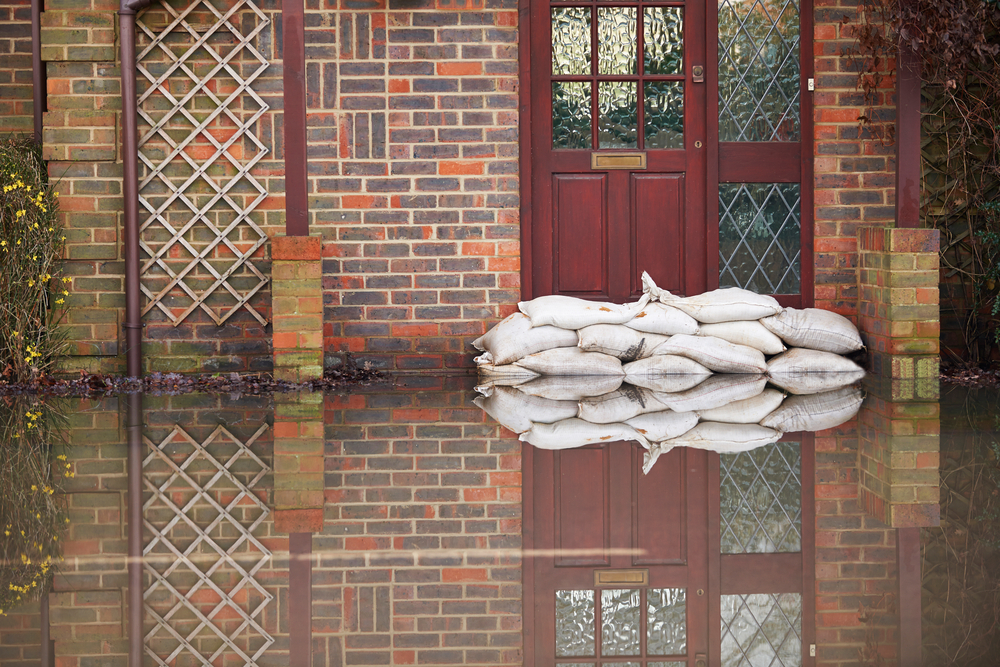
SpeedKingz/Shutterstock
The study will use the territory’s vital records and information from funeral homes, the medical system and the larger public.
Dr. Goldman now says she expects to deliver the initial review, which will cost $305,000, sometime this summer, with a more definitive analysis involving interviews with survivors and requiring additional funding following perhaps nine months later. She claimed she, along with her colleagues, was delayed because they had failed to anticipate the need for the university to navigate through multiple tax laws in preparing their contract with the government of Puerto Rico.
The newly released study, by contrast, was conducted for about $50,000 without the participation of the territory’s government, which the researchers said refused to provide data to them. On Tuesday, the government of Puerto Rico said it welcomed the new survey and was excited to analyze it. Carlos S. Mercader, executive director of the Puerto Rico Federal Affairs Administration, said that both the Harvard survey and the George Washington University study will help Puerto Rico “better prepare for natural disasters in the future, and hopefully prevent lives from being lost.”
More in Health & Well-being
-
`
Why Adults With ADHD Are 3x More Likely to Develop Dementia
We have all heard of ADHD, haven’t we? Hyper kids, distractions galore, restless minds – these are images we often associate...
December 11, 2023 -
`
Signs of Emotional Connection in Relationships
Building a strong connection with someone isn’t just about being in sync or sharing hobbies—it’s about that deeper bond, where you...
December 4, 2023 -
`
Hollywood’s Shortest Marriages: Britney Spears, Carmen Electra & More!
In the glitzy world of Hollywood, where fairy tales often unfold on the silver screen, there exists a flip side—a realm...
December 3, 2023 -
`
The Surprising Benefits of Unplugging
In today’s hyper-connected world, where we are constantly bombarded with notifications, messages, and the allure of social media, disconnecting may seem...
November 26, 2023 -
`
How “Looking Your Best” Improves Our Wellbeing
Most of us have had moments standing in front of our closet, deciding on an outfit for the day. And we...
November 15, 2023 -
`
Therapy? Medication? What Are the Treatments for PTSD
Post-Traumatic Stress Disorder (PTSD) is a common after-effect of traumatic events. It can be a debilitating condition, but the good news...
November 7, 2023 -
`
Meet the Woman Who ALMOST Married Barack Obama
Barack Obama’s life has been a captivating narrative, often told and retold, with each revelation adding layers of intrigue to his...
November 5, 2023 -
`
The Rise of Caviar Bumps, Thanks to Gen Z
In an intriguing twist of culinary culture, millennials and Gen Zers are drawn to an unusual indulgence – fish eggs, or...
October 28, 2023 -
`
Everything You Need to Know About Acid Reflux, Heartburn and GERD
Ever had that burning-in-the-chest sensation after a meal? Or perhaps you have lain awake at night with an odd sour taste...
October 17, 2023







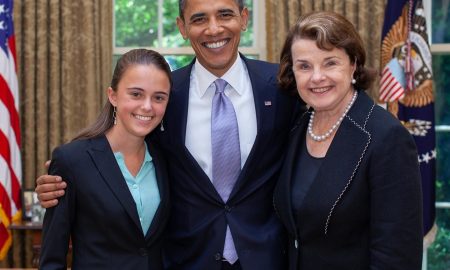







You must be logged in to post a comment Login